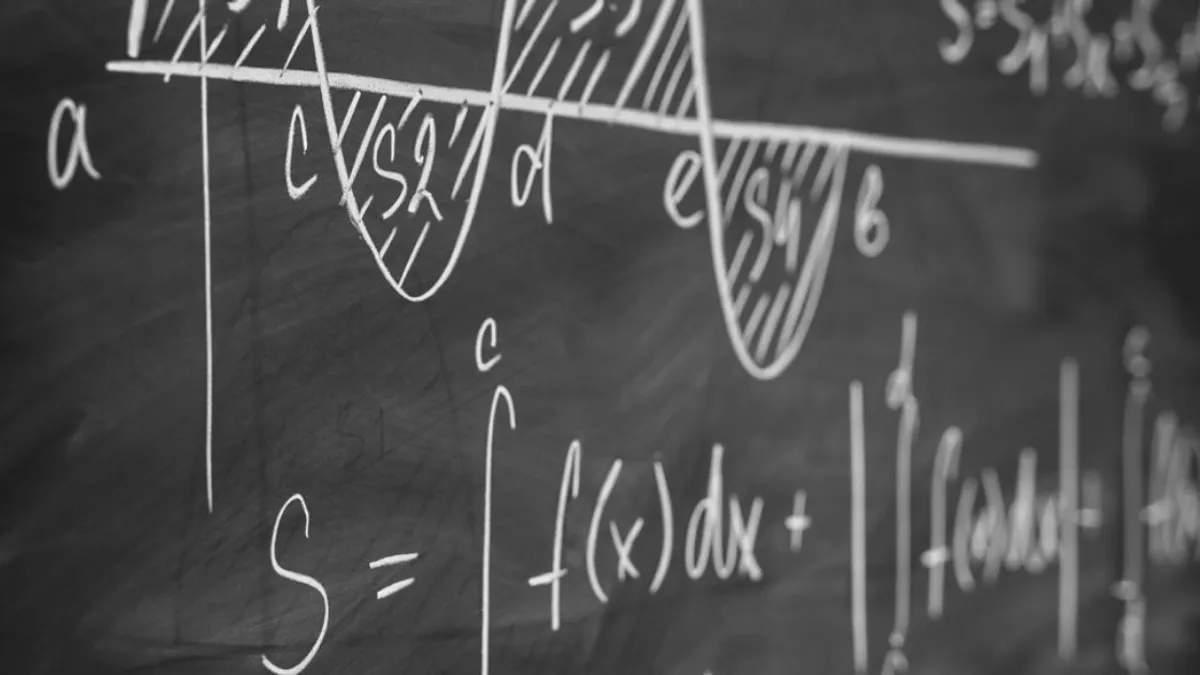As a mathematic teacher of modern era, I always feel to do something new in my class, teaching isnot the same way as ever before but inculcating the new fresh vibes in my each class.
Methods and techniques of math have penetrated into every corner of our life. Modern mathematics is not the only basis for calculation. Rather it is supposed as a strong weapon for research purposes and surpasses the experience over and over again.
The aim of teaching mathematics, begins from pre-primary ages, is to gain social and psychological value in addition to intellectual development. The main goal of mathematics is to reinforce the child’s mind, in the sense that the sooner his mind and thought is enhanced; the more likely he is to be successful in their future life.
In the classroom, learning takes place by a step-by-step approach and from specific states to a topic generalization. For example, the simplest way to find its circumference concept is through direct definition. There is a better way to do this which involves the use of models demonstrating the circumference concept such as glass marbles, balls, balloons….
In this way, the circumference concept develops gradually. Of course, math can be learned through non-consecutive exercises. In addition, children are able to learn through sight, listening, reading, following up, guidelines, imitation and testing. These actions assist children to learn better. Furthermore, each of these actions can be taken by the learner appropriately by using the teacher’s model and directions, and assures meaningful learning in children. Learning also depends on the learner’s personal characteristics, such as previous experiences, puberty and motivation. In general, there is no comprehensive, unambiguous and direct learning theory for each student at any level that can be used in a satisfactory manner. Building bridge for learning is one way of learning mathematics. By providing a concept-based infrastructure, real world experiences enhance the ever-increasing amount of mathematical learning in a person. We as a teacher helps to establish a relationship between real experiences and mathematical concepts in students. In turn, these relationships lead to the creation of the necessary bridges to learning. The connection of the real materials with the symbols is obtained through their illustration and description. In other words, learning mathematics can be accomplished through the visualization methods, then semi-visualization, and eventually single and symbolic techniques.
Mathematics Teacher
Ruchika Sharma




